Home>Garden Essentials>How To Use Rosehip Seed Oil
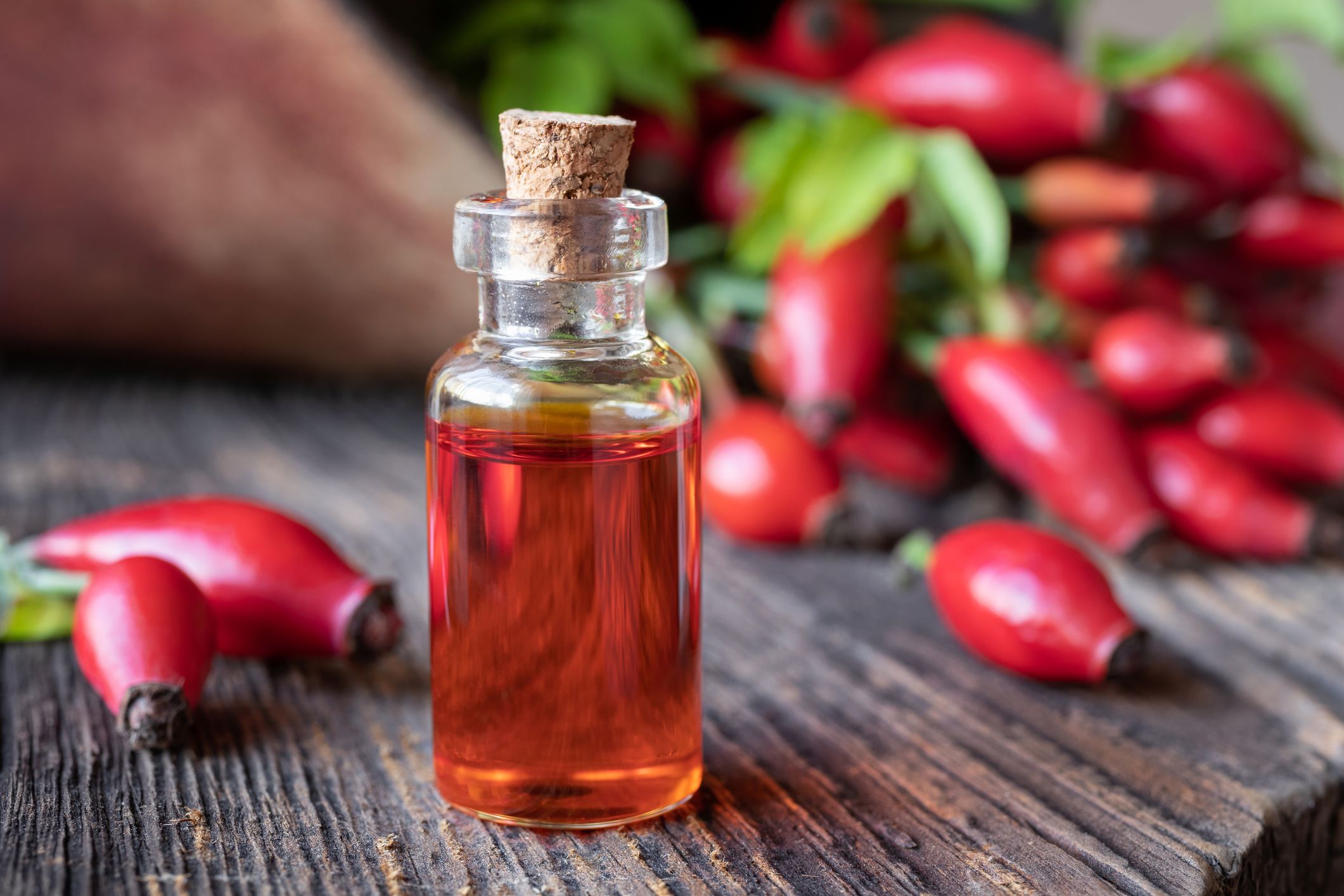

Garden Essentials
How To Use Rosehip Seed Oil
Modified: March 15, 2024
Learn how to effectively use rosehip seed oil in your garden to promote healthy plant growth and vibrant blooms. Discover the benefits and application methods today!
(Many of the links in this article redirect to a specific reviewed product. Your purchase of these products through affiliate links helps to generate commission for Storables.com, at no extra cost. Learn more)
Introduction
Welcome to the world of garden enthusiasts and skincare aficionados! If you’re someone who appreciates the natural wonders of the plant kingdom and is always on the lookout for organic skincare products, then you’ve come to the right place. In this article, we will delve into the magical properties of rosehip seed oil and explore how it can revolutionize your skincare routine.
Rosehip seed oil, derived from the wild rose bushes that grow abundantly in various parts of the world, has been used for centuries for its incredible healing and rejuvenating properties. Packed with essential fatty acids, vitamins, and antioxidants, this golden elixir holds the key to unlocking your skin’s true potential.
But what exactly is rosehip seed oil, and why has it gained such popularity in recent years? Rosehip seed oil is extracted from the seeds of the rosehip fruit, which forms after the rose petal falls off. The oil is cold-pressed, ensuring that all the precious nutrients are preserved in their purest form.
Now, let’s dive into the wide array of benefits that rosehip seed oil offers. From nourishing and hydrating the skin to reducing signs of aging, this miracle oil is a must-have in any beauty arsenal. So, grab a cup of herbal tea, sit back, and prepare to discover the wonders of rosehip seed oil.
Key Takeaways:
- Rosehip seed oil is a magical elixir packed with vitamins and antioxidants, offering benefits such as moisturizing, reducing hyperpigmentation, and fighting signs of aging for healthy skin, hair, and nails.
- When choosing rosehip seed oil, look for organic, cold-pressed options and consider your skin type. Apply it to your face, hair, and nails to enjoy its nourishing and rejuvenating properties, but remember to perform a patch test and take precautions.
Read more: What Does Rosehip Seed Oil Do
What is Rosehip Seed Oil?
Rosehip seed oil is a powerful botanical extract that comes from the seeds of the wild rosehip fruit. This fruit is the result of the fading rose flower, and it contains a wealth of beneficial compounds that can transform your skincare routine.
One of the key components of rosehip seed oil is its high concentration of essential fatty acids, such as omega-3, omega-6, and omega-9. These fatty acids are crucial for maintaining healthy skin as they help to strengthen the skin’s barrier, promote moisture retention, and support cell regeneration.
Additionally, rosehip seed oil is rich in vitamins A, C, and E, which are potent antioxidants known for their anti-aging properties. Vitamin A encourages cell turnover, reduces the appearance of fine lines and wrinkles, and helps to even out skin tone. Vitamin C brightens the complexion and protects against environmental damage, while vitamin E nourishes and protects the skin from free radicals.
Another remarkable feature of rosehip seed oil is its ability to improve skin elasticity and firmness. It contains a natural form of vitamin A known as trans-retinoic acid, which has been found to have a firming effect on the skin. This makes rosehip seed oil an ideal choice for those looking to combat sagging skin.
In addition to its skincare benefits, rosehip seed oil is also known for its anti-inflammatory properties. It can help calm and soothe irritated skin, making it suitable for those with sensitive or reactive skin types. Furthermore, the oil contains natural antioxidants that help protect the skin from harmful free radicals and environmental stressors.
It’s important to note that not all rosehip seed oils are created equal. To ensure you are getting the highest quality oil, look for one that is certified organic and cold-pressed. Cold-pressing ensures that the oil retains all its nutrients and is free from any harmful chemicals or additives.
Now that we have explored what rosehip seed oil is and its impressive array of benefits, it’s time to dive into how to choose the right one for your skincare needs.
Benefits of Using Rosehip Seed Oil
Rosehip seed oil offers a wide range of benefits for the skin, making it a highly sought-after ingredient in natural skincare products. Let’s explore some of the incredible advantages of incorporating rosehip seed oil into your beauty routine:
- Moisturizes and Hydrates: Rosehip seed oil is deeply moisturizing and helps to restore the skin’s natural moisture balance. It penetrates deep into the skin, providing long-lasting hydration without clogging pores, making it suitable for all skin types.
- Improves Skin Texture: The vitamins, antioxidants, and essential fatty acids present in rosehip seed oil help to improve the overall texture of the skin. It smoothens rough patches, softens fine lines, and promotes a more youthful-looking complexion.
- Reduces Hyperpigmentation: Hyperpigmentation, such as dark spots and acne scars, can be a common concern. The antioxidant properties of rosehip seed oil help to lighten these areas over time, promoting a more even skin tone.
- Fights Signs of Aging: Thanks to its high content of vitamin A, vitamin C, and antioxidants, rosehip seed oil is a powerful ally in the fight against premature aging. It helps to reduce the appearance of fine lines, wrinkles, and crow’s feet, giving your skin a more youthful and vibrant appearance.
- Soothes and Calms Irritated Skin: Whether you have sensitive skin, eczema, or rosacea, rosehip seed oil can be a game-changer in soothing and calming irritated skin. Its anti-inflammatory properties help to reduce redness, inflammation, and discomfort, leaving your skin feeling balanced and calm.
- Protects Against Environmental Damage: The antioxidants in rosehip seed oil act as natural shields against free radicals and environmental stressors, such as UV rays and pollution. This helps to prevent the breakdown of collagen and elastin fibers, keeping your skin looking young and healthy.
- Nourishes Hair and Nails: Don’t limit the benefits of rosehip seed oil to just your skin. This versatile oil can also be used to nourish and strengthen your hair and nails. It helps to repair damaged hair, add shine, and promote healthy nail growth.
With all these incredible benefits, it’s no wonder that rosehip seed oil has gained widespread popularity in the world of natural skincare. So, let’s now explore how to choose the right rosehip seed oil for your specific needs.
Choosing the Right Rosehip Seed Oil
When it comes to choosing the right rosehip seed oil, it’s important to consider a few factors to ensure you’re getting a high-quality product that will deliver the desired benefits for your skin. Here are some key points to keep in mind:
- Look for Organic Certification: To ensure that your rosehip seed oil is free from pesticides and other harmful chemicals, opt for oils that are certified organic. This certification ensures that the oil has been produced using sustainable farming practices.
- Cold-Pressed Extraction: Cold-pressed rosehip seed oil is extracted using a method that preserves the nutrients and beneficial compounds of the oil. This ensures that you’re getting the maximum benefit from the oil without any loss of potency.
- Check for Purity: Some rosehip seed oils on the market may be diluted or mixed with other oils. It’s important to choose an oil that is 100% pure rosehip seed oil to ensure you’re getting the full range of benefits.
- Consider the Packaging: Rosehip seed oil is sensitive to light and air, which can cause it to degrade over time. Look for oils that are packaged in dark-colored glass bottles with a tight-fitting lid to protect the oil from oxidation and maintain its potency.
- Read Reviews and Recommendations: Before making a purchase, take the time to read reviews and recommendations from other users. This can provide valuable insights and help you choose a reputable brand that consistently delivers high-quality rosehip seed oil.
- Consider Your Skin Type: While rosehip seed oil is generally suitable for all skin types, it’s still important to consider your individual skin needs. If you have oily or acne-prone skin, look for lighter formulations or blends specifically designed for these skin types.
By keeping these factors in mind, you can confidently choose a rosehip seed oil that is pure, potent, and tailored to your specific skincare needs. Now that you have the right oil in hand, let’s move on to learning how to properly apply rosehip seed oil on the face.
How to Apply Rosehip Seed Oil on the Face
Applying rosehip seed oil on the face is a simple and effective way to harness its nourishing and rejuvenating benefits. Follow these steps to incorporate rosehip seed oil into your skincare routine:
- Cleanse Your Face: Start by cleansing your face with a gentle cleanser to remove any dirt, buildup, or makeup. Pat your skin dry with a clean towel.
- Dispense a few drops: Take 2-3 drops of rosehip seed oil onto the palm of your hand. You can adjust the amount according to your preference and the needs of your skin.
- Warm the Oil: Gently rub your hands together to warm the oil. This will help the oil to penetrate deeper into your skin and allow for better absorption.
- Massage into the Skin: Using your fingertips, gently massage the rosehip seed oil onto your face in upward circular motions. Pay special attention to areas that need extra hydration or have fine lines or wrinkles.
- Avoid the Eye Area: Be cautious to avoid getting the oil too close to your eyes, as it may cause irritation. If you prefer, you can use a separate eye cream or gel for the delicate skin around the eyes.
- Let it Absorb: Allow the rosehip seed oil to fully absorb into your skin. This may take a few minutes. You can use this time to perform a gentle facial massage to further enhance blood circulation.
- Follow with Moisturizer: If desired, follow up with your favorite moisturizer to lock in the benefits of the rosehip seed oil and provide extra hydration to your skin.
- Repeat Twice Daily: For best results, incorporate rosehip seed oil into your morning and evening skincare routine. Consistency is key to achieving the full benefits of this remarkable oil.
Remember, everyone’s skin is different, so it may take some time to see the desired results. Be patient and allow your skin the time it needs to fully absorb and respond to the benefits of rosehip seed oil.
Now that you know how to apply rosehip seed oil on your face, it’s time to explore how you can incorporate this versatile oil into your overall skincare routine.
Read more: What Is Cottonseed Oil Used For
Incorporating Rosehip Seed Oil into Your Skincare Routine
Introducing rosehip seed oil into your skincare routine can elevate your beauty regimen to a whole new level. Here are some tips on how to make the most out of this versatile oil:
- Use it as a Moisturizer: After cleansing your face, apply rosehip seed oil as a moisturizer. The lightweight texture of the oil allows it to penetrate deeply into the skin, providing long-lasting hydration and nourishment.
- Combine with Other Products: Mix a few drops of rosehip seed oil with your favorite moisturizer or serum to enhance their hydrating and regenerative effects. This can help boost the overall effectiveness of your skincare products.
- Create Your Own Facial Serum: For a customized skincare experience, blend rosehip seed oil with other beneficial oils, such as argan oil, jojoba oil, or evening primrose oil. This DIY facial serum can target specific skin concerns and provide additional nourishment.
- Spot Treatment for Acne Marks: Apply a small amount of rosehip seed oil directly to acne scars or dark spots to help lighten and minimize their appearance. The antioxidants in the oil can aid in skin rejuvenation and fade hyperpigmentation over time.
- Combine with Your Foundation: Mix a drop or two of rosehip seed oil with your liquid foundation to create a dewy, natural-looking finish. This can provide added moisture and glow to the skin while extending the wear of your foundation.
- Treat Dry Lips: Apply a drop of rosehip seed oil to your lips to soothe and moisturize dry, chapped lips. You can also mix the oil with brown sugar to create a gentle lip scrub for exfoliation.
- Use as a Cuticle Oil: Massage a small amount of rosehip seed oil onto your cuticles to nourish and hydrate them. This can help prevent dryness and promote healthy nail growth.
- Apply to Dry and Damaged Hair: Before shampooing, massage rosehip seed oil into your hair and scalp to minimize frizz, moisturize dry strands, and promote hair health. You can also use it as a leave-in treatment by applying a small amount to the ends of your hair.
Remember to perform a patch test before using rosehip seed oil on your face or body, especially if you have sensitive skin. This will help you determine if you have any adverse reactions to the oil.
By incorporating rosehip seed oil into your skincare routine, you can experience the numerous benefits it offers for your skin, lips, hair, and nails. Now, let’s explore how rosehip seed oil can work its magic on your hair and nails.
When using rosehip seed oil, apply a few drops to clean, damp skin and gently massage in. It can be used on its own or added to your moisturizer for added hydration and skin benefits.
Rosehip Seed Oil for Hair Care
Rosehip seed oil doesn’t just work wonders for the skin; it can also be a game-changer for your hair care routine. Its nourishing properties and abundance of vitamins make it an excellent choice for promoting healthy, lustrous locks. Here’s how you can incorporate rosehip seed oil into your hair care routine:
- Deep Conditioning Treatment: As a deep conditioning treatment, apply a generous amount of rosehip seed oil to damp hair, focusing on the lengths and ends. Leave it on for about 30 minutes or overnight for an intensive treatment. Rinse thoroughly and shampoo as usual. This will help restore moisture and nourish dry, damaged hair, leaving it soft and manageable.
- Frizz Control: To tame frizz and flyaways, rub a small amount of rosehip seed oil between your palms and gently run your hands through your hair, focusing on the ends. This will help smooth your hair, add shine, and keep it looking sleek and polished.
- Scalp Massage: Massaging rosehip seed oil into your scalp can improve blood circulation and promote a healthy environment for hair growth. Part your hair into sections, apply a small amount of oil to your fingertips, and massage it into your scalp in circular motions. This will help nourish the hair follicles and support healthy hair growth.
- Split End Treatment: Apply a small amount of rosehip seed oil to the ends of your hair to help repair and prevent split ends. The oil’s nourishing properties will help seal the cuticle, preventing further damage and breakage.
- Leave-In Conditioner: Mix a few drops of rosehip seed oil with water in a spray bottle and use it as a leave-in conditioner. Spritz it onto damp hair and comb through to distribute evenly. This will provide lightweight hydration, detangle your hair, and leave it feeling soft and manageable.
- Enhance Hair Color: If you have colored or highlighted hair, rosehip seed oil can help enhance and maintain the vibrancy of your hair color. The antioxidant-rich oil can protect against damage from the sun and environmental stressors, preserving the longevity of your hair color.
Whether you’re looking to repair damaged hair, control frizz, or promote healthy hair growth, incorporating rosehip seed oil into your hair care routine can be a transformative experience. Now, let’s explore how this miraculous oil can contribute to the health and beauty of your nails.
Rosehip Seed Oil for Nail Care
When it comes to maintaining healthy and beautiful nails, rosehip seed oil can be a valuable addition to your nail care routine. Packed with vitamins, antioxidants, and essential fatty acids, this versatile oil provides nourishment and protection for your nails and cuticles. Here’s how you can use rosehip seed oil for nail care:
- Moisturize Cuticles: Apply a small amount of rosehip seed oil to your cuticles and gently massage it in. The oil will help hydrate and soften dry cuticles, preventing them from becoming brittle and prone to cracking.
- Strengthen Nails: The nutrients present in rosehip seed oil, such as vitamin A and essential fatty acids, can strengthen weak and brittle nails. Massage a drop of oil onto each nail and pay particular attention to the nail beds and the areas surrounding your nails.
- Prevent Nail Breakage: Weak nails are prone to breakage. Regularly massaging rosehip seed oil into your nail beds can help improve their strength and resilience, reducing the risk of breakage and promoting healthy nail growth.
- Revive Damaged Nails: If your nails have become damaged due to acrylics, gels, or harsh nail polishes, rosehip seed oil can help repair and nourish them. Apply a few drops of oil to your nails and gently massage it in. Over time, you’ll notice healthier-looking and stronger nails.
- Improve Overall Nail Health: Rosehip seed oil’s antioxidant properties protect your nails and cuticles from damage caused by free radicals and environmental stressors. Regular application of the oil can contribute to the overall health, resilience, and appearance of your nails.
For the best results, make it a part of your daily nail care routine. Try incorporating rosehip seed oil before going to bed to allow it ample time to penetrate and work its magic overnight. You can also use it as a finishing touch after applying nail polish to add a healthy shine to your nails.
With regular use, rosehip seed oil can help transform your nails, making them stronger, healthier, and more beautiful. Now, let’s move on to explore how rosehip seed oil can be a powerful ally in your anti-aging skincare routine.
Rosehip Seed Oil for Anti-Aging
When it comes to combating the signs of aging, rosehip seed oil proves to be a true skincare superhero. Packed with essential nutrients, antioxidants, and fatty acids, this natural oil can help rejuvenate and restore your skin, reducing the appearance of fine lines, wrinkles, and other signs of aging. Here’s how rosehip seed oil can be your secret weapon in the fight against aging:
- Boosts Collagen Production: Rosehip seed oil is rich in vitamin C, a powerful antioxidant that stimulates collagen production in the skin. Collagen is a protein responsible for skin elasticity and firmness, and increased collagen production can help reduce the appearance of fine lines and wrinkles.
- Reduces Hyperpigmentation: Sunspots, age spots, and other forms of hyperpigmentation can make the skin look older. The vitamin A content in rosehip seed oil can help fade dark spots and even out skin tone, revealing a more youthful and radiant complexion.
- Protects Against Free Radicals: The antioxidants present in rosehip seed oil, such as vitamin E, protect the skin from free radicals and environmental damage. Free radicals contribute to premature aging, and by neutralizing them, rosehip seed oil helps keep the skin youthful and healthy-looking.
- Improves Skin Texture: The essential fatty acids in rosehip seed oil help to moisturize and nourish the skin, improving its texture and overall appearance. Regular use of the oil can soften rough patches, smooth out fine lines, and leave your skin looking plumper and more supple.
- Enhances Skin Regeneration: Rosehip seed oil contains trans-retinoic acid, a natural form of vitamin A, which promotes cell turnover and regeneration. This helps to reveal fresh, new skin cells, giving your complexion a more youthful and revitalized appearance.
- Provides Hydration: As we age, our skin tends to lose moisture, leading to dryness and the appearance of wrinkles. The hydrating properties of rosehip seed oil help to replenish and lock in moisture, keeping the skin plump and hydrated, which reduces the appearance of fine lines and wrinkles.
To harness the anti-aging benefits of rosehip seed oil, apply a few drops to your cleansed face and neck. Gently massage the oil into the skin using upward circular motions, focusing on areas prone to fine lines and wrinkles. Make it a part of your daily skincare routine, both in the morning and evening, to see continuous improvement in your skin’s texture and appearance.
With its impressive array of anti-aging properties, rosehip seed oil can help you age gracefully and maintain a youthful complexion. Now, let’s explore some precautions and potential side effects associated with the use of rosehip seed oil.
Read more: How To Use Black Seed Oil For Face
Precautions and Side Effects of Using Rosehip Seed Oil
While rosehip seed oil is generally safe and well-tolerated by most people, it’s important to exercise caution and be aware of potential side effects. Here are some precautions to keep in mind when using rosehip seed oil:
- Patch Test: Before using rosehip seed oil on your face or body, it’s recommended to perform a patch test. Apply a small amount of oil to a small area of your skin, such as your inner wrist. Wait for 24 hours to see if any irritation or allergic reaction occurs. If any adverse reactions occur, discontinue use.
- Phototoxicity: Rosehip seed oil is generally not known to be phototoxic. However, due to its high vitamin C content, some individuals may experience increased sun sensitivity. It’s advisable to use sunscreen when using rosehip seed oil during the daytime or limit sun exposure.
- Quality and Storage: To ensure the effectiveness of rosehip seed oil, choose a high-quality, cold-pressed, and organic oil. Store the oil in a cool, dark place to prevent oxidation and maintain its potency. Discard any oil that has a rancid or unpleasant smell.
- Interaction with Medications: If you’re using any topical or oral medications for skin conditions or are undergoing any medical treatments, it’s essential to consult with your healthcare provider before incorporating rosehip seed oil into your routine. Certain medications may interact with the oil, leading to potential adverse effects.
- Individual Sensitivities: While rosehip seed oil is generally well-tolerated, some individuals may have specific sensitivities or allergies to the oil. If you experience any redness, itching, or irritation after using rosehip seed oil, discontinue use and consult a dermatologist.
It’s important to note that the information provided here is for general guidance and should not replace professional medical advice. If you have any concerns or specific skin conditions, it’s best to consult a dermatologist or healthcare professional before using rosehip seed oil.
With awareness and proper precautions, you can safely enjoy the benefits of rosehip seed oil and incorporate it into your skincare routine. Now that you’re armed with the necessary precautions, let’s summarize the importance and benefits of rosehip seed oil for healthy skin, hair, and nails.
Conclusion
Rosehip seed oil is undoubtedly a powerful and versatile botanical extract that offers a myriad of benefits for your skin, hair, and nails. Its rich nutritional profile, including essential fatty acids, vitamins A, C, and E, and antioxidants, make it a potent ally in your quest for healthy and radiant beauty.
When it comes to skincare, rosehip seed oil is a fantastic moisturizer, helping to hydrate, nourish, and improve skin texture. Its anti-aging properties promote collagen production, reduce hyperpigmentation, and protect against free radicals, resulting in a more youthful and vibrant complexion.
But the benefits of rosehip seed oil don’t stop there. It also offers nourishment and protection for your hair, promoting moisture retention, taming frizz, and improving overall hair health. Additionally, it can work wonders for your nails, moisturizing cuticles, strengthening nails, and preventing breakage.
It’s important to remember that not all rosehip seed oils are created equal. Choose a high-quality, organic, and cold-pressed oil to ensure you’re reaping the full benefits without any harmful additives. performing a patch test before fully incorporating the oil into your routine is also recommended, as some individuals may be sensitive to its properties.
With proper precautions and careful consideration, you can seamlessly incorporate rosehip seed oil into your skincare routine and reap its incredible rewards. Whether you’re striving for a youthful complexion, luscious hair, or strong nails, rosehip seed oil is a natural, effective, and versatile option.
So go ahead and embrace the botanical wonders of rosehip seed oil, and let it unveil the true potential of your beauty. Start exploring the endless possibilities and watch as your skin, hair, and nails transform with its nourishing and rejuvenating properties.
Frequently Asked Questions about How To Use Rosehip Seed Oil
Was this page helpful?
At Storables.com, we guarantee accurate and reliable information. Our content, validated by Expert Board Contributors, is crafted following stringent Editorial Policies. We're committed to providing you with well-researched, expert-backed insights for all your informational needs.
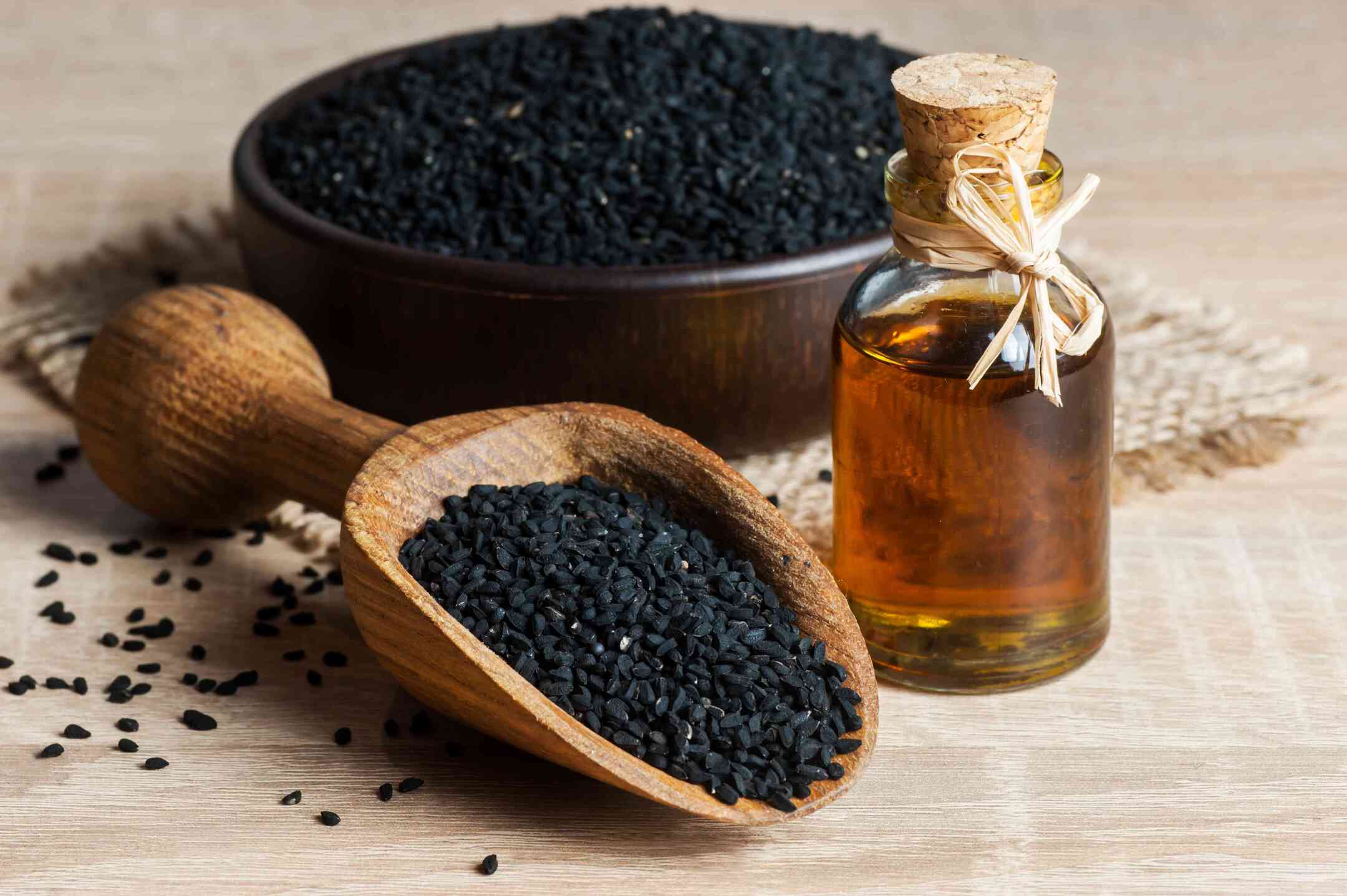
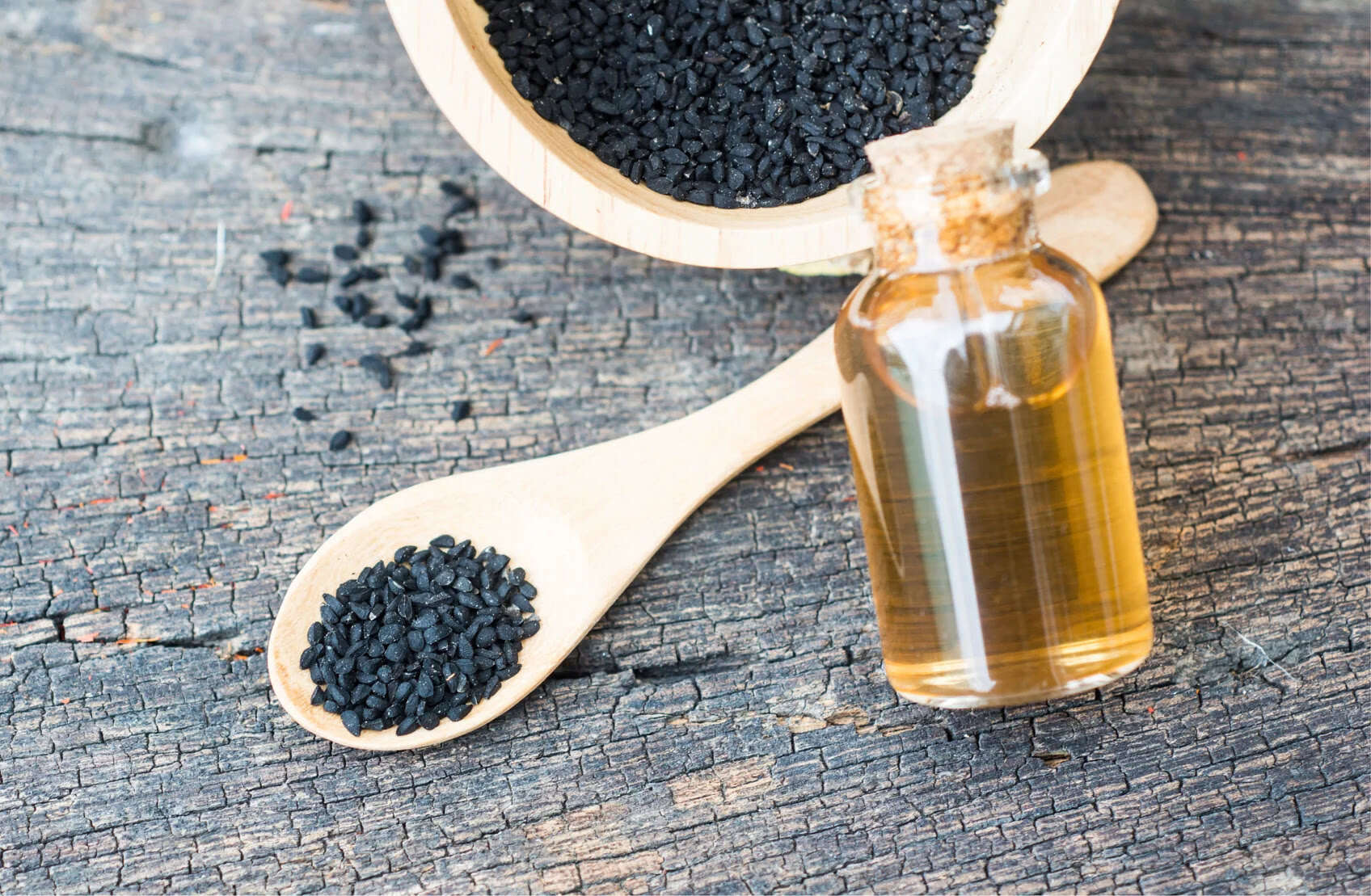

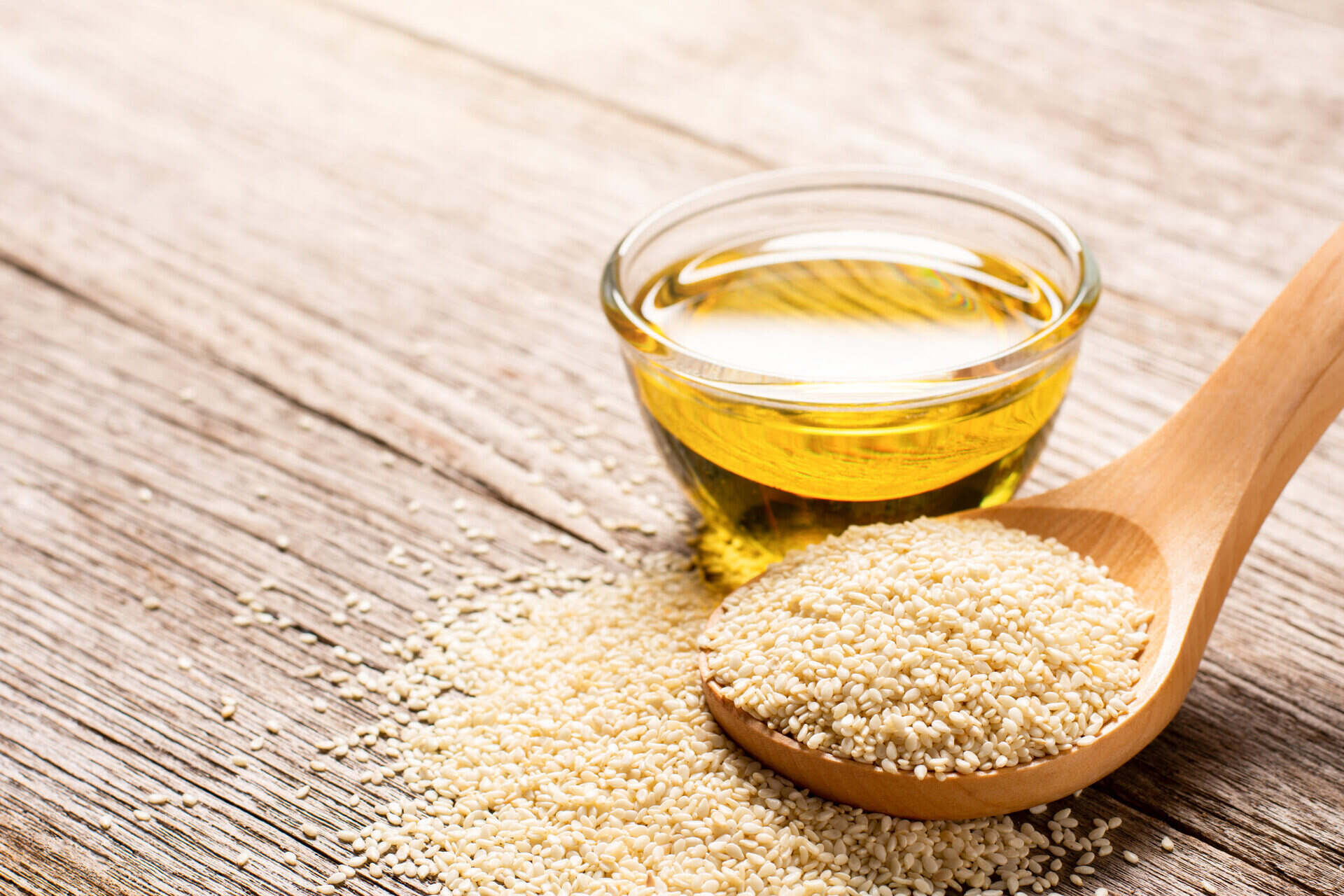
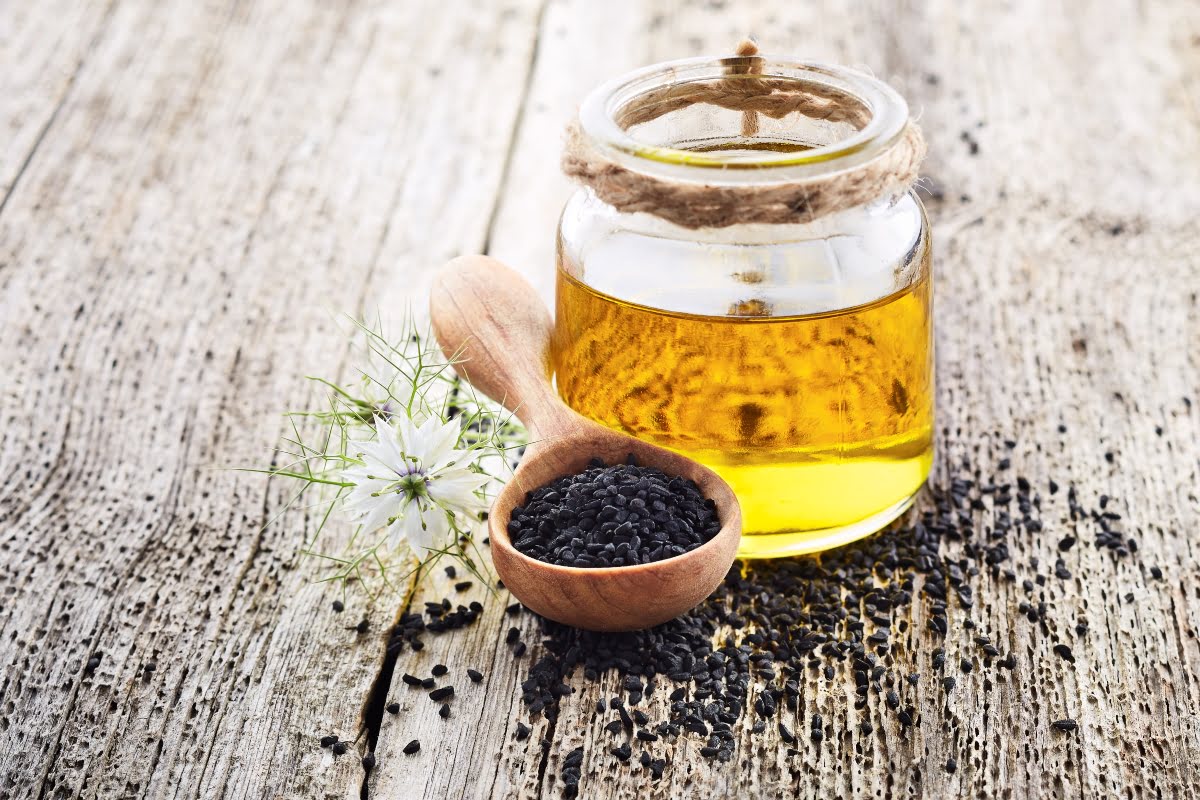
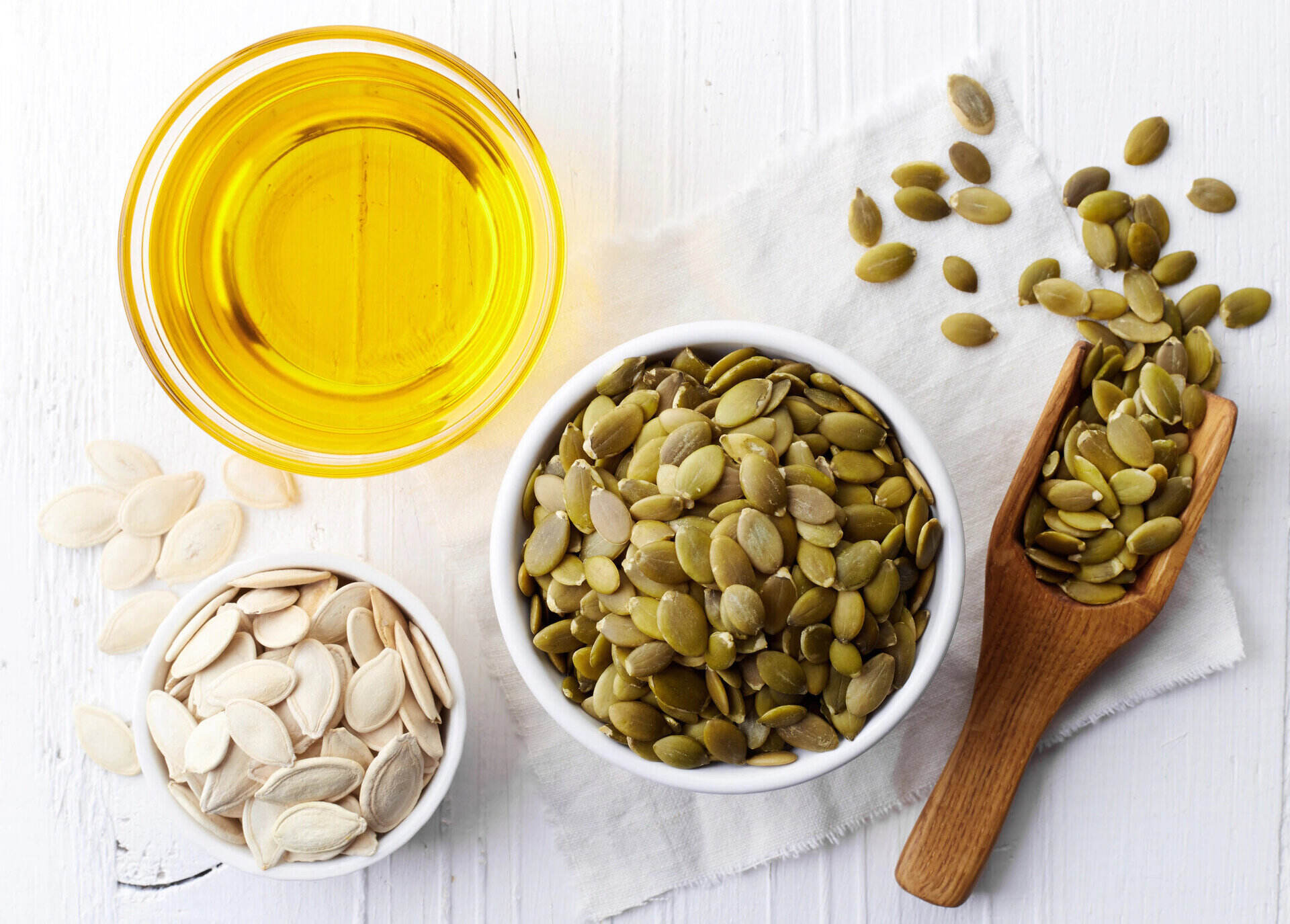


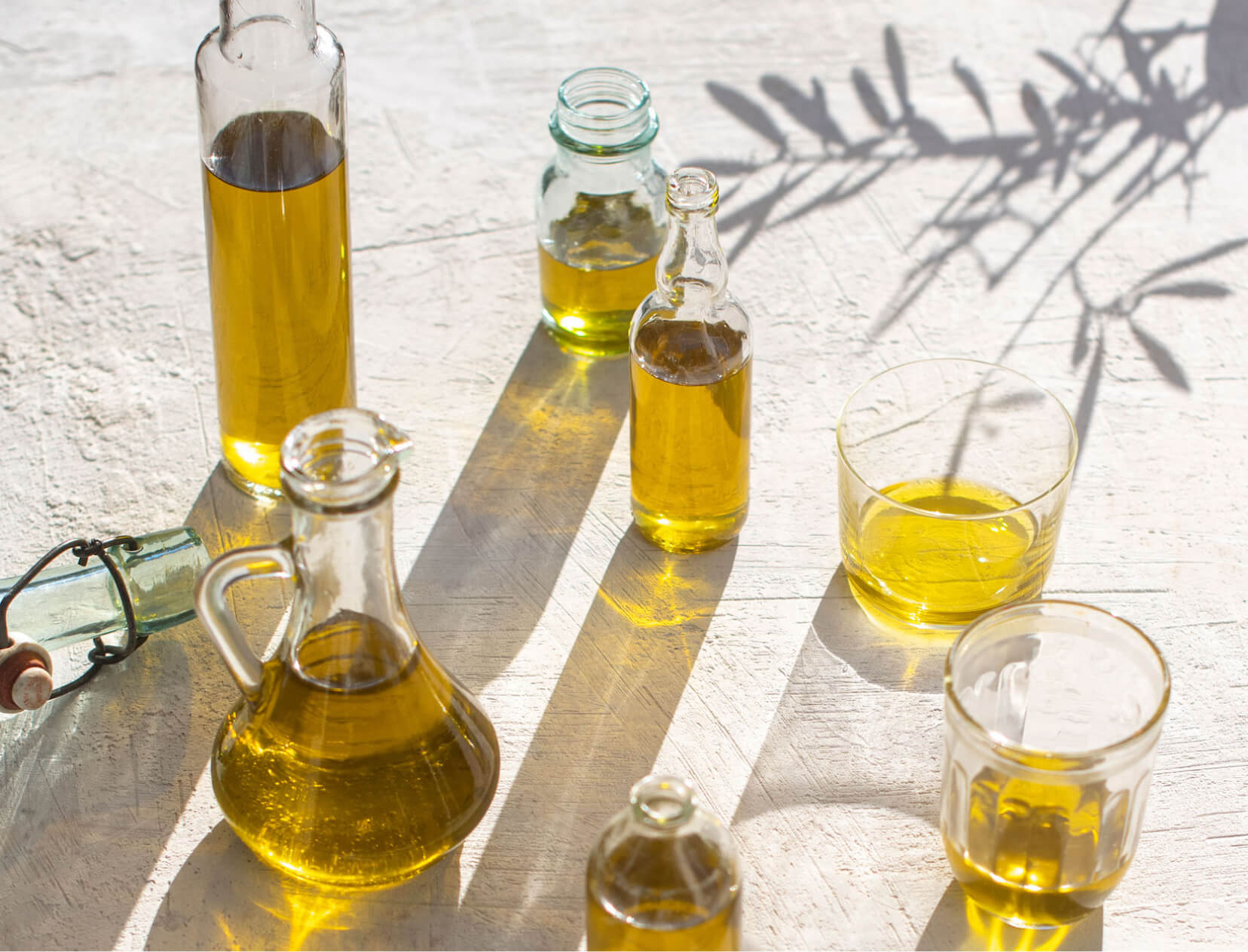

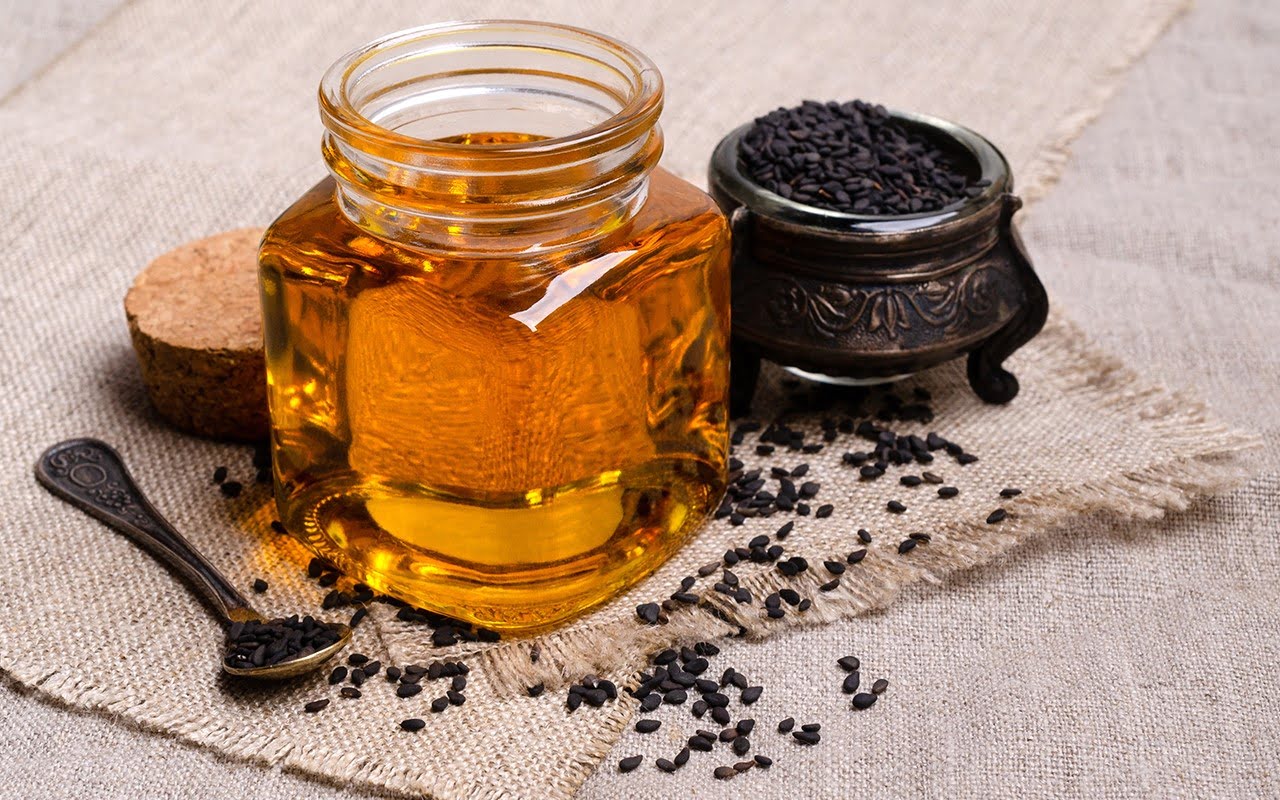
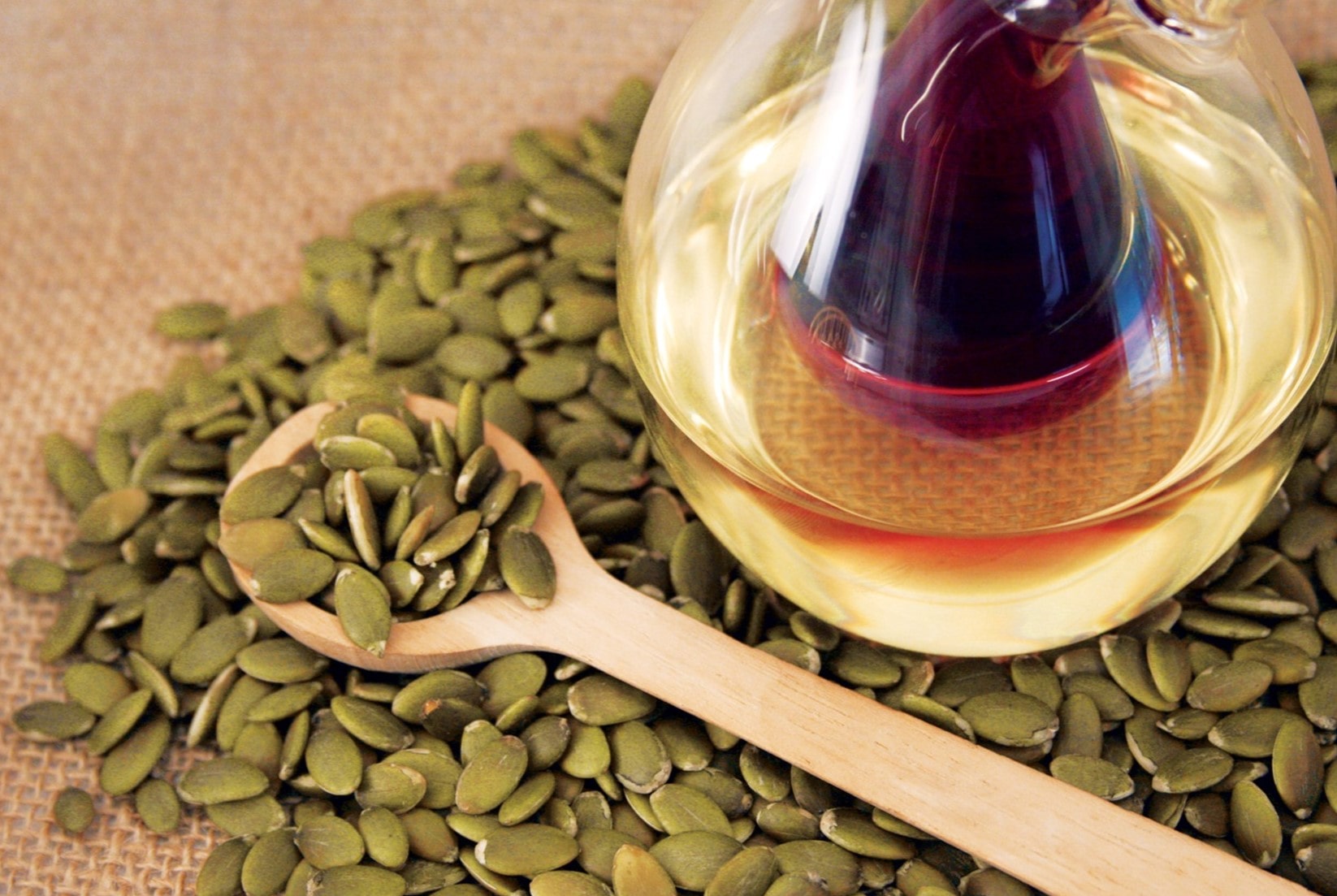


0 thoughts on “How To Use Rosehip Seed Oil”